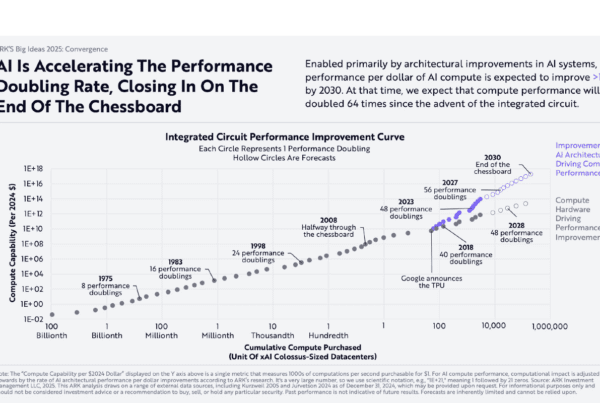If an artificial intelligence program were to engineer a human with the potential to destroy it—or at least slow its march to global domination—it might create Edward Tian.
Tian, a 22-year-old Princeton University student, is a computer science major who specializes in natural-language processing. He’s a former researcher for the BBC and for open-source intelligence website Bellingcat, as well as an ex-analyst at Miburo Solutions, a counterterrorism startup acquired by Microsoft. There, he monitored disinformation and bot detection. “All of that,” he said, “motivated this.”
“This” is GPTZero, an app Tian built over a few weeks in December that can scan text to decipher whether it was written by a human or an AI program. Its primary target is text generated by ChatGPT, the paradigm-shifting software program that has set off alarm bells all over academia since OpenAI released it in November.
Tian’s tool, which he first tweeted about on January 3, is meant to address the concerns of educators and AI ethicists who fear the potential negative impacts of text generators based on machine learning. “The motivation is transparency,” he said. “These large-language models are notorious for being black boxes. And with GPTZero I wanted to start pushing back against that.”
As new generative AI models have exploded in the last several months, GPTZero is one of a number of third-party tools developers have created to fight fire with fire. In addition to GPTZero which Tian built over several sittings at his local coffee shop in Toronto (“I had a lot of free time over winter break,” he said), there’s also Detect GPT, which scans the content of webpages to see whether it’s been AI generated. Leading anti-plagiarism software Turnitin is developing methods to detect the telltale signature of AI writing. Even OpenAI is getting in on the act, developing a way for teachers or test-assessors to identify if text they’re reading has been automatically generated. Together, such tools are launching a counteroffensive against the onslaught of potential cheating, plagiarism and educational shortcuts unleashed by large-language models like GPT-3.



